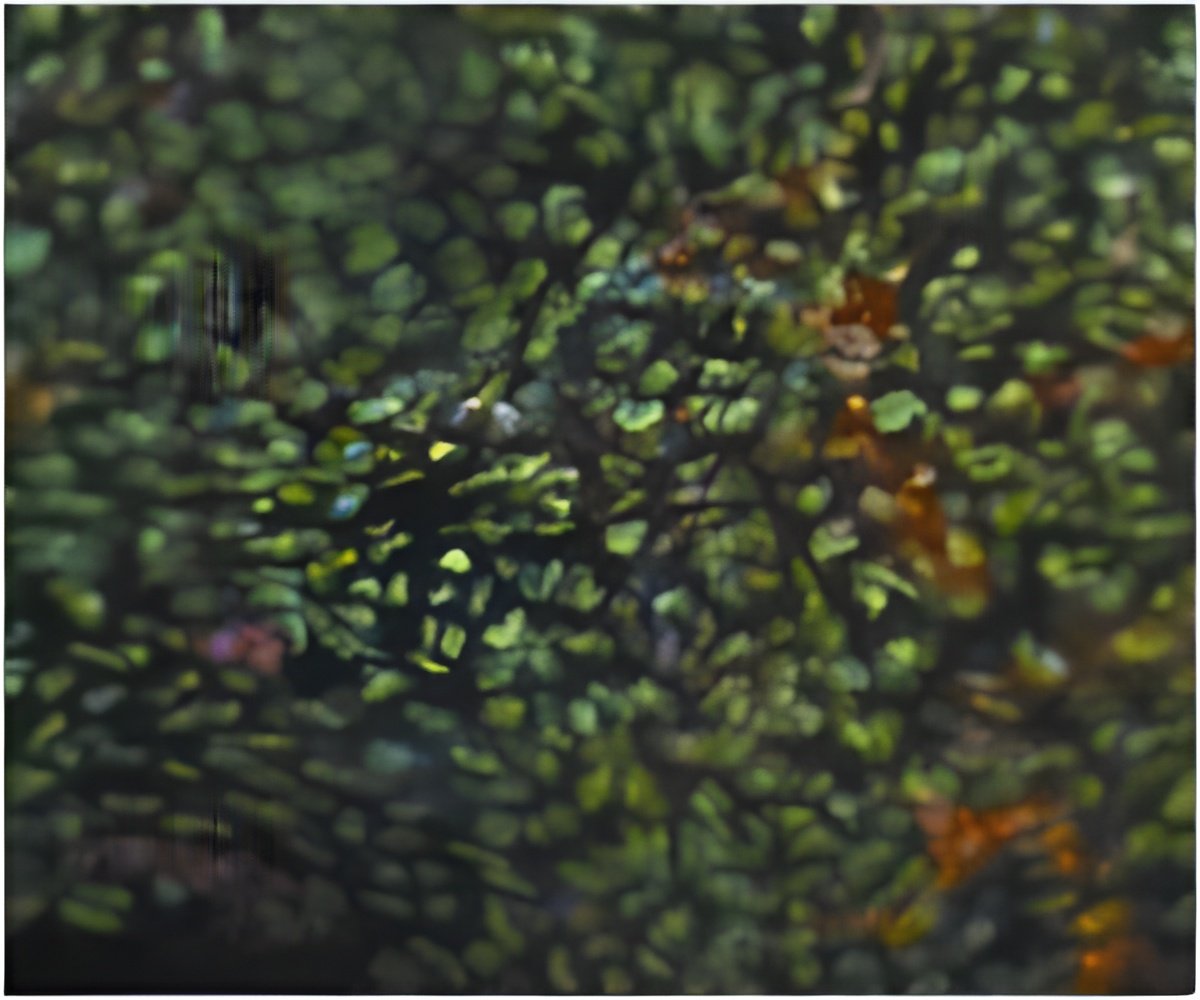
In a study, the researchers found that, in mice bred with a gene mutation that causes human ALS, dramatic changes occurred in oligodendrocytes - cells that create insulation for the nerves of the central nervous system - long before the first physical symptoms of the disease appeared.
Oligodendrocytes located near motor neurons - cells that govern movement - died off at very high rates, and new ones regenerated in their place were inferior and unhealthy.
The researchers also found that suppressing an ALS-causing gene in oligodendrocytes of mice bred with the disease - while still allowing the gene to remain in the motor neurons - profoundly delayed the onset of ALS.
It also prolonged survival of these mice by more than three months, a long time in the life span of a mouse. These observations suggest that oligodendrocytes play a very significant role in the early stage of the disease.
"The abnormalities in oligodendrocytes appear to be having a negative impact on the survival of motor neurons. The motor neurons seem to be dependent on healthy oligodendrocytes for survival, something we didn't appreciate before," said Dwight E. Bergles, Ph.D., a co-author and a professor of neuroscience at the Johns Hopkins University School of Medicine.
Advertisement
If our research is confirmed, perhaps we can start looking at ALS patients in a different way, looking for damage to oligodendrocytes as a marker for disease progression. This could not only lead to new treatment targets but also help us to monitor whether the treatments we offer are actually working, Rothstein said.
Advertisement
There is no cure for ALS and there is only one FDA-approved drug treatment, which has just a small effect in slowing disease progression and increasing survival.
Even though myelin loss has not previously been thought to occur in the gray matter, a region in the brain where neurons process information, the researchers in the new study found in ALS patients a significant loss of myelin in one of every three samples of human tissue taken from the brain's gray matter, suggesting that the oligodendrocytes were abnormal. It isn't clear if the oligodendrocytes that form this myelin in the gray matter play a different role than in white matter - the region in the brain where signals are relayed.
The findings further suggest that clues to the treatment of other diseases long believed to be focused in the brain's gray matter - such as Alzheimer's disease, Huntington's disease and Parkinson's disease - may be informed by studies of diseases of the white matter, such as multiple sclerosis (MS).
The study was described online in Nature Neuroscience.
Source-ANI













